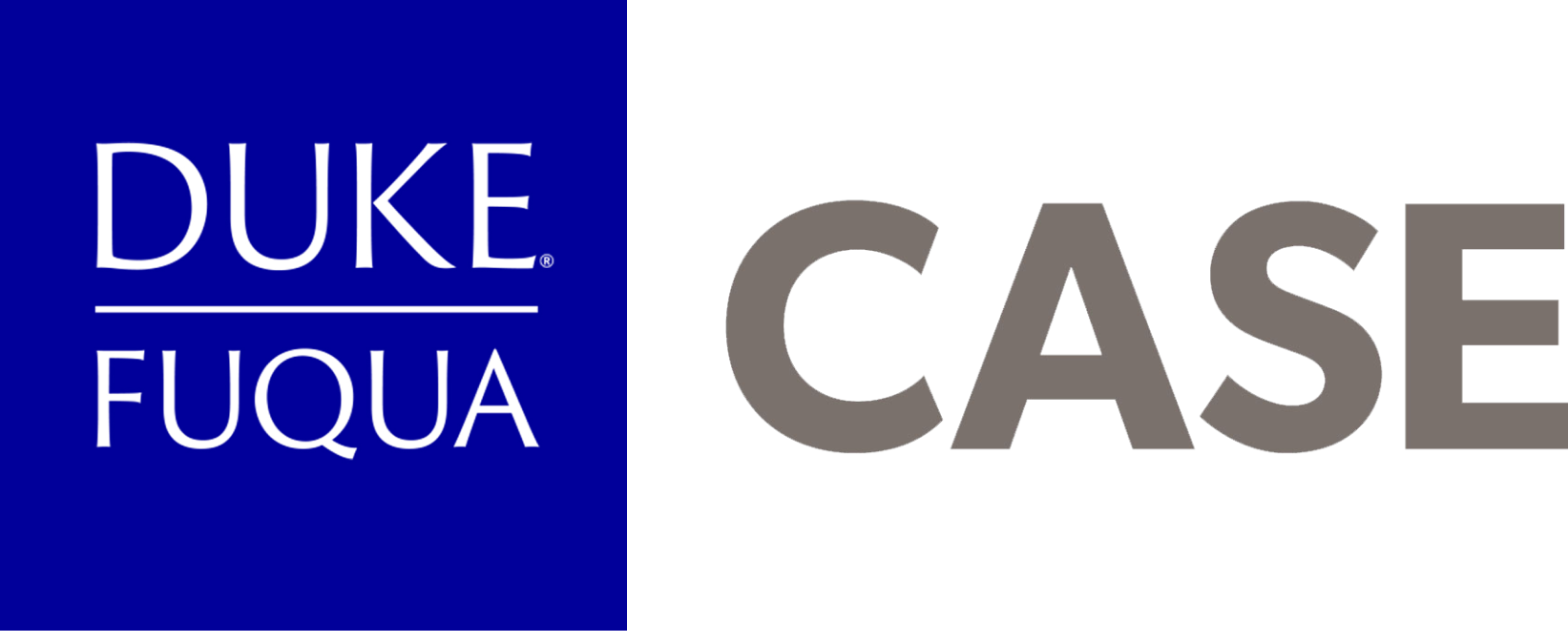This post was written by Simone Pitre, Program Associate at Innovations in Healthcare, a partner in the Social Entrepreneurship Accelerator at Duke (SEAD), in March 2017. The 2017 Sustainable Business and Social Impact (SBSI) conference focused on how business can tackle global challenges by exploring innovative models and collaborative partnerships that are already working to solve these challenges and discussing how these solutions can be scaled across industries and geographies.
In a society where split-second decision-making has become a lifestyle, labels like “good” or “bad” and “right” or “wrong” have skewed our perceptions for the sake of saving time. Nonprofit organization? Good. For-profit company? Bad. Or so the common thinking goes. Last month, Duke University’s Fuqua School of Business hosted the 12th Annual Sustainable Business and Social Impact Conference, the largest conference in the American Southeast on its namesake sectors and one that demonstrated throughout the day that things aren’t always as black and white as we imagine them to be.
One session that particularly highlighted this was a SBSI talk titled: “The World Through New Eyes.” During this talk, Monty Montoya, President and CEO of SightLife, spoke to the structure and status of healthcare organizations and their public perceptions.

SightLife, now a hybrid for-profit and nonprofit model, began as a nonprofit organization focused on increasing the number of corneal transplants performed each year. When SightLife was founded in 1969, corneal transplants seemed like procedures that were more of a myth than reality. Up until the early 1990s, there were fewer than 1,000 corneal transplants performed and it seemed like the trajectory for the number of completed corneal transplants was barely on the rise.
By the millennium, SightLife’s nonprofit model had scaled and pushed the number of corneal transplants to approximately 2,500 but the model was still moving at a pace that was too slow to satisfy Montoya. SightLife estimated that it would take 250 years to increase access to corneal transplants to a point where all individuals who needed the procedure could have it. In response to this prediction, Montoya made a decision to transform his organization and the lives of thousands around the globe seeking vision. He would cut the 250-year forecast down by an entire magnitude by shifting into a hybrid nonprofit and for-profit model.
“Scale plus profit plus partnership equals an unstoppable force,” became SightLife’s new vision for scaling. Their mission for sight restoration provided a belief and organizational structure, while their for-profit model added an “engine” to accelerate the achievement of their mission. They would cast away the notion that for-profit was “evil” and non-profit was “good” to find a model that was financially sustainable and still producing a positive impact in the lives of the transplant recipients, families, and communities. By 2016, SightLife’s model transformed and they delivered more than 30,000 corneal transplants.
While the hybrid structure worked for SightLife, it is not the answer for every organization. Capital investments in the nonprofit sector are blooming and organizations are coming up with creative and innovative ways to finance their models while remaining under the legal title of a “nonprofit”. Many for-profit companies are dedicating significant time and money to projects creating social impact and not just financial returns.
The real takeaway here comes from tossing out the notion that we can label organizations as the good, the bad, and the ugly based on their models. With innovation at the forefront, organizational structures of the future will look nothing like the shadows of traditional nonprofit and for-profit models of the past. New thinking is emerging, and at the rate that
new models are burgeoning, binary labels will not be able to keep up.
Watch Monty’s talk:

